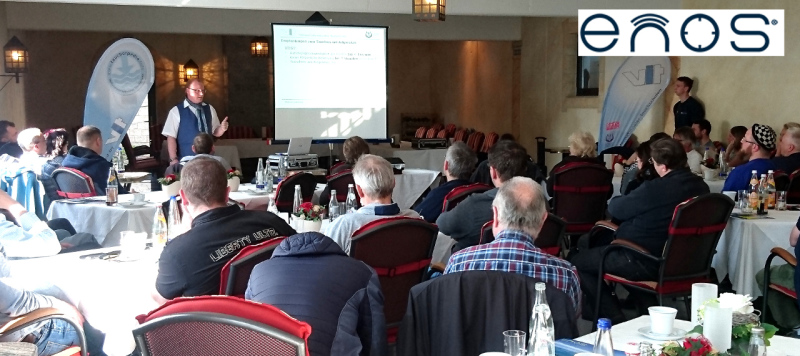
Schwarzenfeld - Channel 16, 406 MHz, 121.5 MHz, DSC 70, AIS, Cospas-Sarsat ... the terms of the rescue frequencies are like most jungle divers, and in fact most of them are "in the forest". Divers are being confronted with it more and more frequently by emergency call stations, which are increasingly entering the market and are equipped with one or more of the above mentioned frequencies.
Dangerous fallacy
With full-bodied slogans, many a product is touted "... that the diver is 'found immediately' if he was driven off by a current because his distress call - allegedly - is received" tens of miles "from any ship in the vicinity, which then receives him also 'save' immediately 'must' ... "Heile Welt? No, brash marketing that has nothing to do with reality!
Enlightenment - but right
"Time to act", decided the VIT-praesidium on behalf of training director Josef "Sepp" Grimm and planned for this year's TL further education event "competence through knowledge" several hours for this topic, to the VIT instructors comprehensive on the subject enlighten. Grimm: "The topic is not only very exciting, but also very complicated. For laypeople, the complex interrelationships of international maritime rescue are much easier to understand if they are explained in detail. This makes it easier to understand the relationships. That's why we at the VIT have given so much time to this important topic. "
And the participants gave the organizers of the event right: Mucksmäuschenstill it was in places in the room. The breathless tension alternated with very excited cooperation until the end. For many participants, the topic was new and (almost) everyone was surprised and startled at the same time as they heard what the "guaranteed immediate deliveries" really meant.
Ignorance does not protect against punishment
The excitement and participation of the participants increased even more as it became clear that the use of some emergency frequencies required a maritime radio certificate. This is about two things: First, it is a criminal offense to use the appropriate channels without a radio certificate. It gets really dramatic, however, if the emergency call is not placed as correctly as it is taught in the training course. This has the consequence that the hoped-for rescue in all probability is missing; even if the emergency call is heard, because only respond to correctly placed emergency calls!
Competent support
The VIT was supported by Seareq, the manufacturer of the ENOS® system. At that time, all these hurdles were deliberately bypassed in the development of the diver rescue system, which is why it has been used very successfully on international dive bases worldwide for 15 years and has already saved many divers.